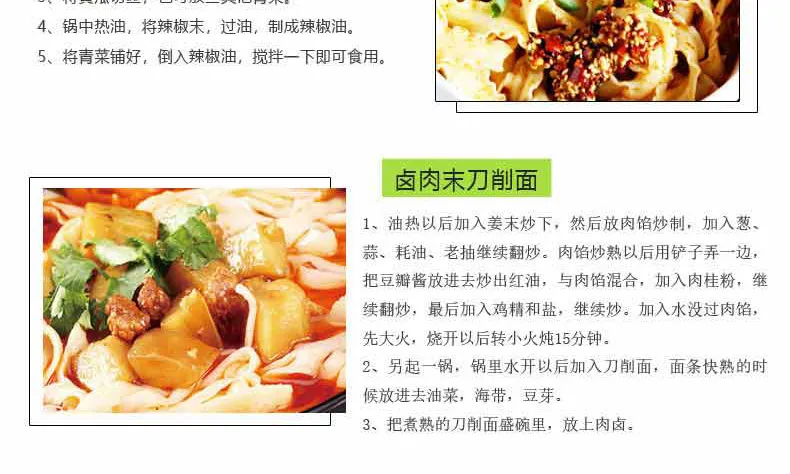ချက်ချင်း နုဒ်လ်တွေဟာ ဆေးဝါးရောဂါအတွက် ကောင်းပါတယ်။
Instant Noodles and Diabetes A Cautious Perspective
Instant noodles are a popular convenience food enjoyed by many, but for diabetics, it is essential to assess their nutritional value carefully. This article examines whether instant noodles are suitable for people living with diabetes and offers recommendations for healthier alternatives.
Instant Noodles An Overview
Instant noodles are pre-cooked and dehydrated noodles that can be prepared quickly by adding boiling water. Typically packaged with flavoring sachets, they are cheap, tasty, and easy to make. However, they are often highly processed and can be high in sodium, unhealthy fats, and refined carbohydrates.
Impact on Blood Sugar Levels
For individuals with diabetes, managing blood sugar levels is a top priority. Foods that are high in refined carbohydrates, like instant noodles, can cause rapid spikes in blood glucose levels. Instant noodles are generally made from white flour, which is stripped of fiber and nutrients during processing. The lack of fiber contributes to quicker digestion and absorption of carbohydrates, leading to potential spikes in blood sugar.
Nutritional Content
The nutritional content of instant noodles varies by brand, but many share common characteristics - High Glycemic Index Instant noodles usually have a high glycemic index (GI), meaning they can quickly increase blood sugar levels. - Low Nutritional Value They often lack essential nutrients such as vitamins, minerals, and fiber, which are crucial for overall health. - High in Sodium Many instant noodle products contain excessive amounts of sodium, which can lead to hypertension and other cardiovascular problems — risks that diabetics are already more susceptible to.
Recommendations for Diabetics
is instant noodles good for diabetics

While it may be tempting to reach for instant noodles for a quick meal, diabetics should proceed with caution. Here are some recommendations
1. Portion Control If you choose to consume instant noodles occasionally, keep portion sizes small to minimize their impact on blood sugar. 2. Enhance with Vegetables Boost the nutritional value by adding fiber-rich vegetables, such as spinach, carrots, or bell peppers. This can help slow down carbohydrate absorption.
3. Lean Proteins Incorporate a source of lean protein, such as tofu, chicken breast, or eggs, which can help stabilize blood sugar levels.
4. Limit Add-Ins Be cautious with flavor packets, as they often contain high levels of sodium and sugar. Consider making your own broth or seasoning with herbs and spices.
5. Choose Whole Grain Options Some brands offer whole grain or high-fiber instant noodles. These alternatives generally have a lower glycemic index and may be better suited for diabetics.
6. Consult a Healthcare Provider Regular check-ins with a nutritionist or healthcare provider can help determine the best dietary choices for managing diabetes effectively.
Conclusion
Instant noodles can be a tempting choice for their convenience and taste. However, for people with diabetes, it’s crucial to be mindful of their high carbohydrate content, low nutritional value, and potential impact on blood sugar levels. By making smart choices, such as portion control and adding nutritious ingredients, diabetics can still enjoy instant noodles occasionally without significantly compromising their health. Always remember to consult with healthcare professionals for personalized dietary advice to manage diabetes effectively.
-
Unleash Your Inner Chef with Delectable Italian Pasta CreationsNewsAug.01,2025
-
Savor Health and Flavor: Irresistible Soba Noodles for Sale Await!NewsAug.01,2025
-
Nourish Your Body with Premium Organic Ramen - A Culinary Delight AwaitsNewsAug.01,2025
-
Elevate Your Dishes with Our Exquisite Kinds of Egg NoodlesNewsAug.01,2025
-
Dive into Flavorful Convenience with Our Ramen OfferingsNewsAug.01,2025
-
Discover Exquisite Types of Naengmyeon and Chilled Soba NoodlesNewsAug.01,2025
-
Is Whole Wheat Pasta Healthy?NewsMay.30,2025
Browse qua the following product new the we

















































































































